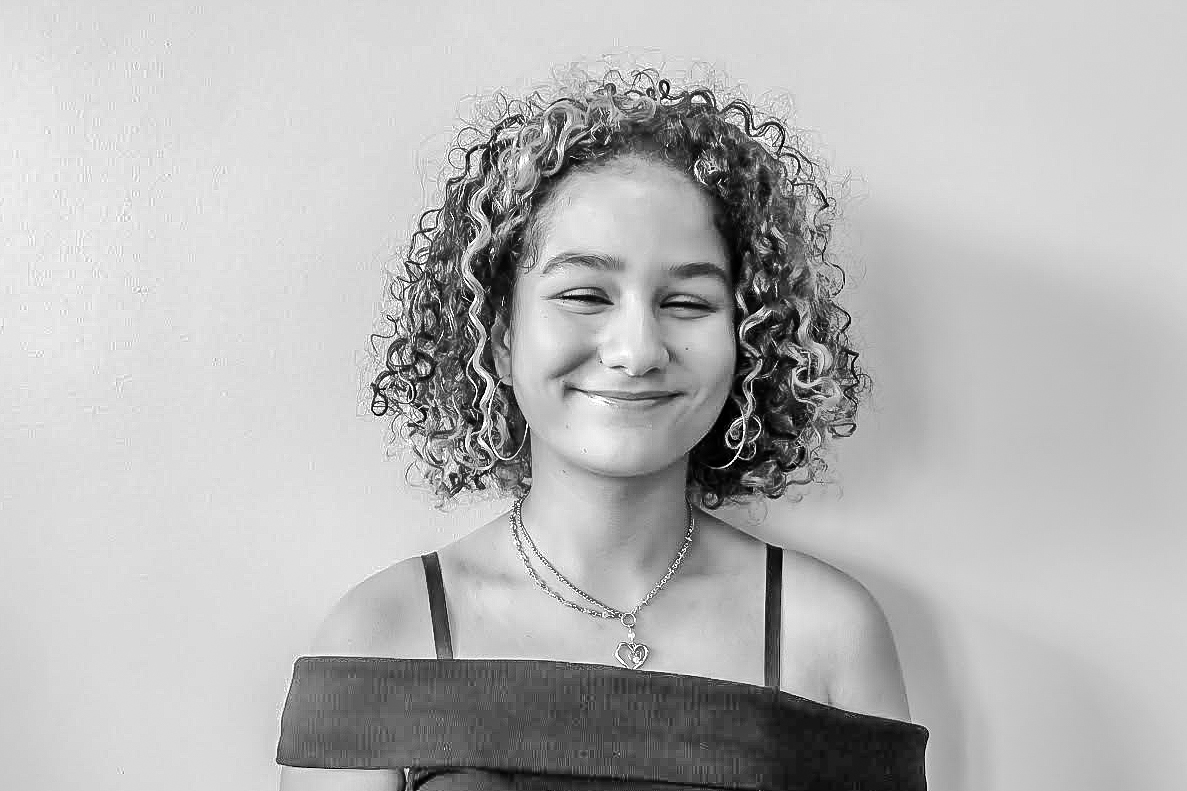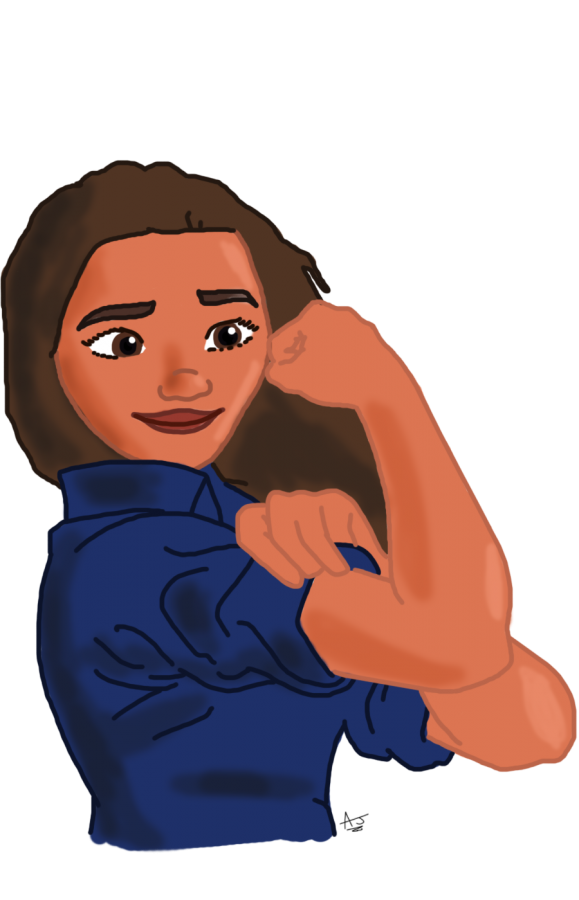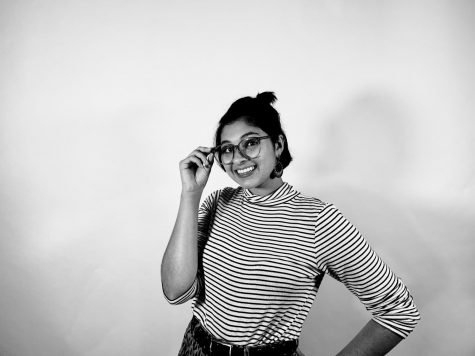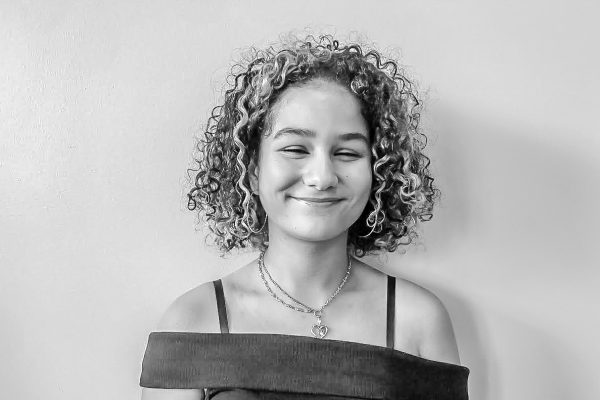Princess’s Progress: How Moana Has Made Strides for Disney
This November, Moana, Disney’s first Polynesian princess, sprang brightly onto the big screen with big dreams in tow. But this time, she wasn’t dreaming of a royal happily-ever-after like other princesses we’ve seen — she was in search of adventure, justice, and the deep blue sea.
I’ve always loved Disney movies — the bright colors, fun musical numbers, and the message that dreams come true (huh, maybe it was preparation for Glee later in my childhood…) made them magical for me, as they did for many. But for a few years now, I’ve been frustrated with the lack of feminist themes — particularly in the older, “Golden Age” movies. In “A Feminist Ranking Of All The Disney Princesses, Because Not Every Princess Was Down For Waiting For Anyone To Rescue Her”, Chelsea Mize says that many of the older Disney princesses “lack any agency and must depend on men to get them out of trouble.” Even as a little girl, this always struck a wrong note with me.
And it’s not just Snow White, Cinderella, and Sleeping Beauty. These concepts of female submission and reliance on men are recurring throughout the movies, from Ariel (The Little Mermaid, 1989) trading away her talent to “get the guy” to Jasmine (Aladdin, 1992) being unable to defend herself from the creepy Jafar.
(For my opinions on Disney villains, morality, and shades of gray, please keep an eye out. I have thoughts.)
Beauty and the Beast (1991) was my favorite as a little girl for several reasons: Belle is intelligent; she makes educated decisions about to whom she gives her heart; and throughout the film, she fights against her prejudiced town and in particular the abhorrent Gaston, who is essentially misogyny personified. However, there are still some flaws to the movie — the main theme of the movie is essentially that Belle is useful to the Beast as a tool to free him from his curse.
In contrast to the older films, the newer princesses have been more progressive. In The Princess and the Frog (2009), Tiana is an entrepreneur with dreams of owning her own restaurant. Tangled (2010) had Rapunzel executing a lot of important plot points herself, although she did end up with the main male character. In Frozen (2013), Disney upended the age-old “love at first sight” concept by making every major character completely shocked at the thought–”You got engaged to someone you just met that day?” and at the end, the act of true love we thought would be a kiss from a male character turned out to be a selfless act of sisterly devotion (gasp! Platonic love is important too?). However, in all of these movies, the concept of the necessity of romantic attachment and dependence on men is a recurring theme.
The biggest feminist triumph of the recent movies is actually one of the least popular–Merida from Brave (2012) is an independent female character who has no official love interest in the film and has her own adventures. However, there is one thing that Moana has that Brave does not (besides the return to eponymous titles upon which the franchise began): the main conflict of the story does not center around the main character’s being required to marry.
Besides the focus on romantic attachment, there’s another problem in the Disney princess films: the concern of body image; “Women React to Realistic Disney Princess Waistlines” is one of several YouTube videos that mentions the body issues some women have as a result of beauty standards engrained by Disney’s portrayal of women’s bodies. This is explored in written articles and social media platforms as well, and many offer alternate views of princesses’ bodies which take into account healthy proportions and the natural variations in body type present in the real world.
Moana, however, has a more realistic body shape, something her creators aimed for. While she keeps a rather slender waist, her limbs are muscular and more athletic than princesses past. The directors said they wanted her to be an “action hero,” someone who “could physically hold her own for what kind of stunts we wanted her to do, and the physicality of the role.” Though she may not be exactly anatomically accurate, it is still definitely a step up from the wildly disproportionate shapes we’ve seen before.
Like everything else, Moana’s story isn’t perfect — there are still concerns regarding the portrayal of Maui, Moana’s demigod friend. But in all, the Disney princess films are progressively improving. In “The Revolutionary ‘Moana’: Disney’s Most Unapologetically Feminist Princess Yet”, Jen Yamato says that a huge amount of progress has been made since “the days of Disney heroines waiting for guys to put a ring on it or show up bearing the right sized shoe.” Moana is the latest installment in a saga that, while it has a way to go, is increasingly portraying its female characters as strong people with dreams of their own.
In the past month, students at our own high school have taken part in multiple rallies protesting the results of last month’s election and varied positions taken by the president elect, among them his view on women and the rights we possess. At this time, when women’s rights are still contested by many in the nation, I think it’s imperative that those of us who support women’s rights not give up on achieving our goals of equality for all genders, and give children role models to follow as they are finding their own place in our ever-changing society. And while Moana has its problems like anything else, the example the main character sets shows people of any gender the power of independence, self-discovery, and good old-fashioned spunk.
Your donation will support the student journalists of Iowa City High School. For 2023, we are trying to update our video and photo studio, purchase new cameras and attend journalism conferences.
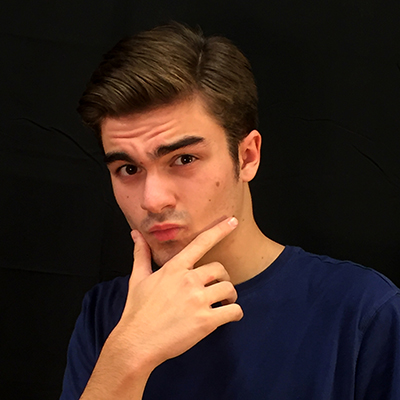
Born and raised in the Regina sand pit, AJ Boulund, previously known as Alex- James, proved his superiority at a young age. He battled all the other...
















